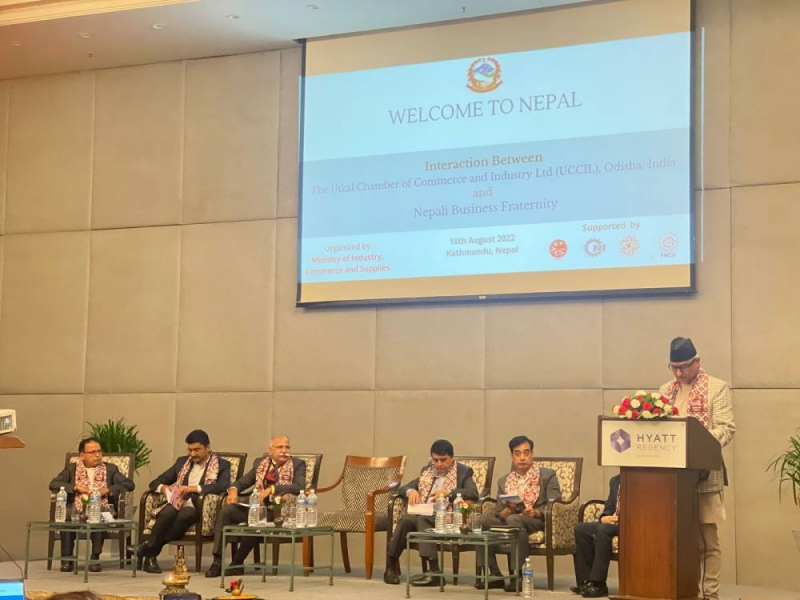Applications sought from landless Dalits
Published: 12:06 pm Sep 15, 2022

KATHMANDU, SEPTEMBER 14
The National Land Commission has invited applications from landless Dalits, squatters, and unmanaged inhabitants for land from the Government of Nepal.
Issuing a 35-day public notice today, the commission called on interested applicants to fill out an application form in the prescribed format and submit it through enumerators deputed by the local levels in the wards. The public notice stated that landless Dalits, squatters and unmanaged inhabitants of only 85 local levels of 28 districts from all seven provinces would be eligible to submit application this time around.
The 28 districts include Solukhumbu and Terhathum from Province 1, Saptari, Dhanusha, Mahottari and Rautahat from Madhes Province, Ramechhap, Kathmandu, Bhaktapur and Sindhupalchowk from Bagmati Province, Nawalparasi (East), Syangja and Mustang from Gandaki Province, Bardiya, Rukum (East), Rolpa and Nawalparasi (West) from Lumbini Province, Rukum (West), Jumla, Kalikot, Mugu, Salyan, Dolpa, Humla, and Dailekh from Karnali Province, and Achham, Baitadi and Dadeldhura from Sudurpaschim Province.
As per the notice, the applicants deemed eligible will get land currently being possessed and cultivated by them in line with the land measurement carried out by the designated survey teams. The land being possessed and cultivated by landless Dalits, squatters and unmanaged inhabitants will be transferred to them along with land ownership certificate depending on its type, area coverage and period of possession.
However, the land located within the area of religious, cultural and strategic importance, land that needs to be kept secured in view of natural disasters, disaster management and environment protection, and public lands may not be provided to anyone.
The government has formed a nine-member commission. The commission has developed norms for identification and verification of landless Dalits, squatters and unmanaged inhabitants. It has also prepared the procedures and design for collection of inventory of the beneficiaries, identification, inventory collection and verification of beneficiaries through local levels and map records of land.
A version of this article appears in the print on September 15, 2022 of The Himalayan Times.



